You are here
Please respect the outdoors by practicing Leave No Trace. Learn more about how to apply the principles of Leave No Trace on your next outdoor adventure here.
Lake Superior North Shore, Minnesota
Lake Ontario Shore, New York
Southern Green Mountains, Vermont
Black Hills, South Dakota
Big Sky + Gallatin River Valley, Montana
Hudson Valley, New York
Staatsburgh State Historic Site
Hatcher Pass

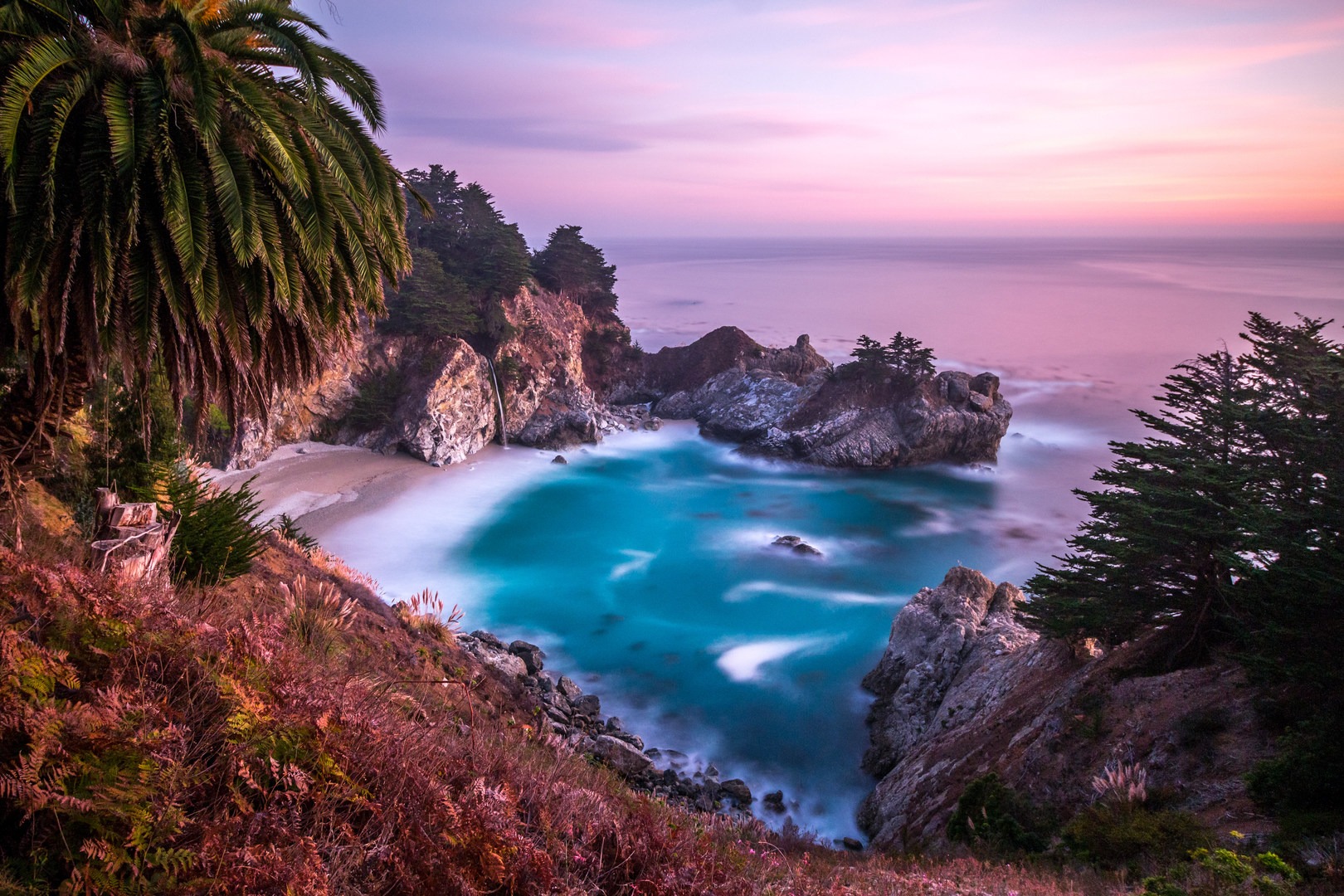
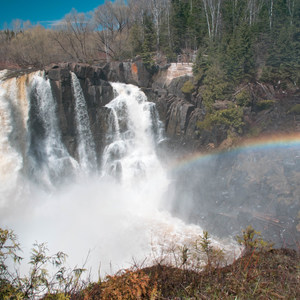
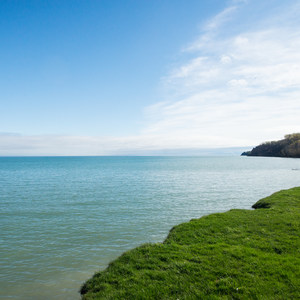
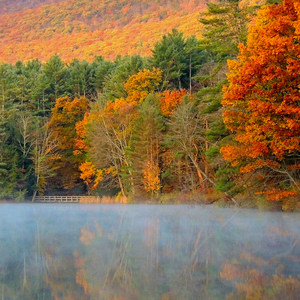
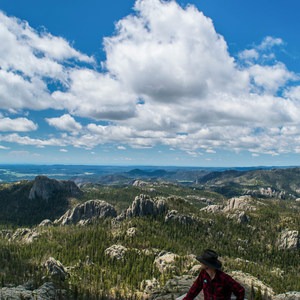
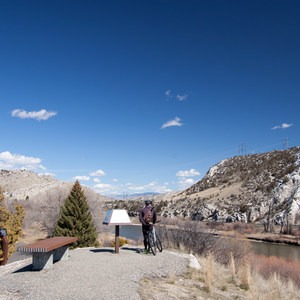
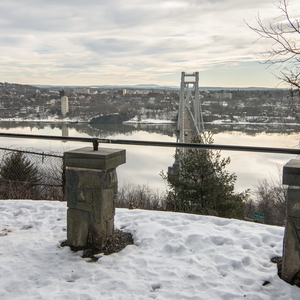
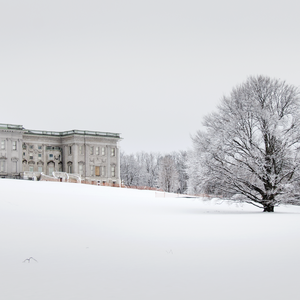
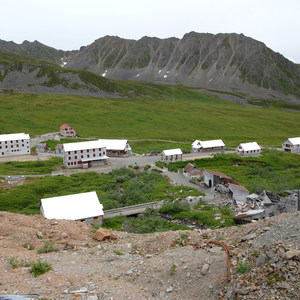



Comments
Sign In and share them.